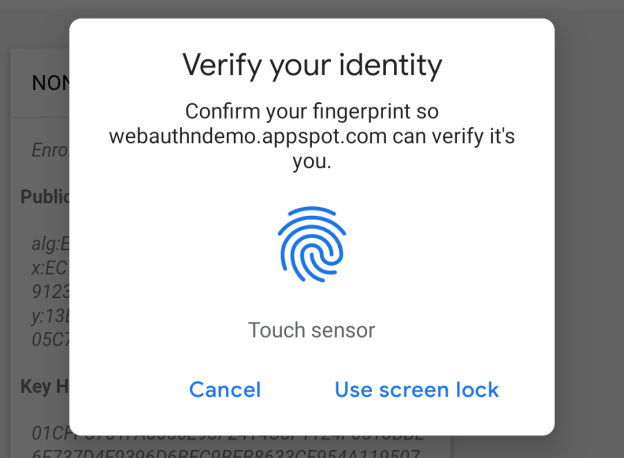
Google Releases Chrome 70 Beta with Fingerprint Authentication
- Chrome released its new Chrome Beta for all platforms which brings a number of new features.
- Android and iOS users will be able to use their fingerprint scanners to authenticate logins.
- The new update also brings a new shape identification API.
Google has been encouraging internet users to opt-in for two-factor authentication methods using one-time passwords, hardware keys, and even biometric devices. The tech giant recently released an update for its Chrome web browser for all Windows, MacOS, Linux, Android, ChromeOS, and iOS. The mobile version of the app now supports two-factor authentication using your phone’s or tablet’s fingerprint scanner.
The new update makes use of Touch ID for Apple devices and built-in fingerprint sensors on Android devices. Chrome’s Web Authentication API now allows users to use their fingerprints as a two-factor authentication method by default. With data leaks and breaches more common than ever, using biometric authentication methods can reduce the odds of passwords and email addresses being phished by cybercriminals to a great extent.
Image Courtesy of Google
The tech giant revealed int its blog “The Web Authentication API adds a third credential type, PublicKeyCredential, which allows web applications to create and use strong, cryptographically attested, and application-scoped credentials to strongly authenticate users.”
The new update also changes the way HTTPS warnings show up on the browser. A new “not secure” warning is shown in red when you attempt to enter your password or email address in unsafe websites. The change can definitely prevent users from putting in their personal details into compromised websites. Android users are also getting access to Web Bluetooth, which allows websites to communicate with nearby devices.
The feature was first launched for Windows 10 and is finally making it to other platforms. ChromeOS, MacOS, and Android have received the update with no word on an iOS release yet. Google Chrome 70 is currently in beta and if users who are using the stable build will have to wait a few weeks before it releases for everyone.
What do you think about the new Google Chrome 70 update? Let us know in the comments below. Get instant updates on TechNadu’s Facebook page, or Twitter handle.








